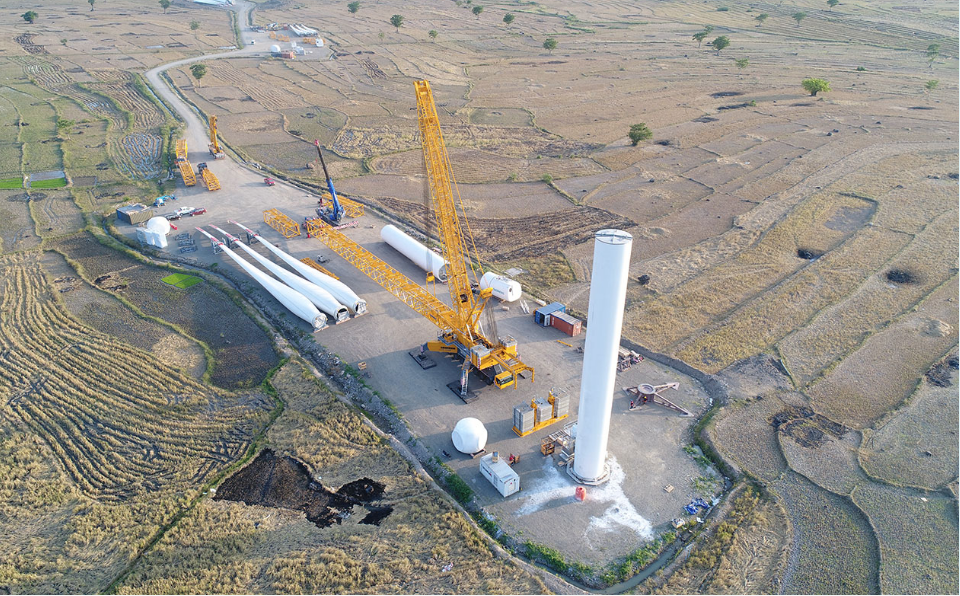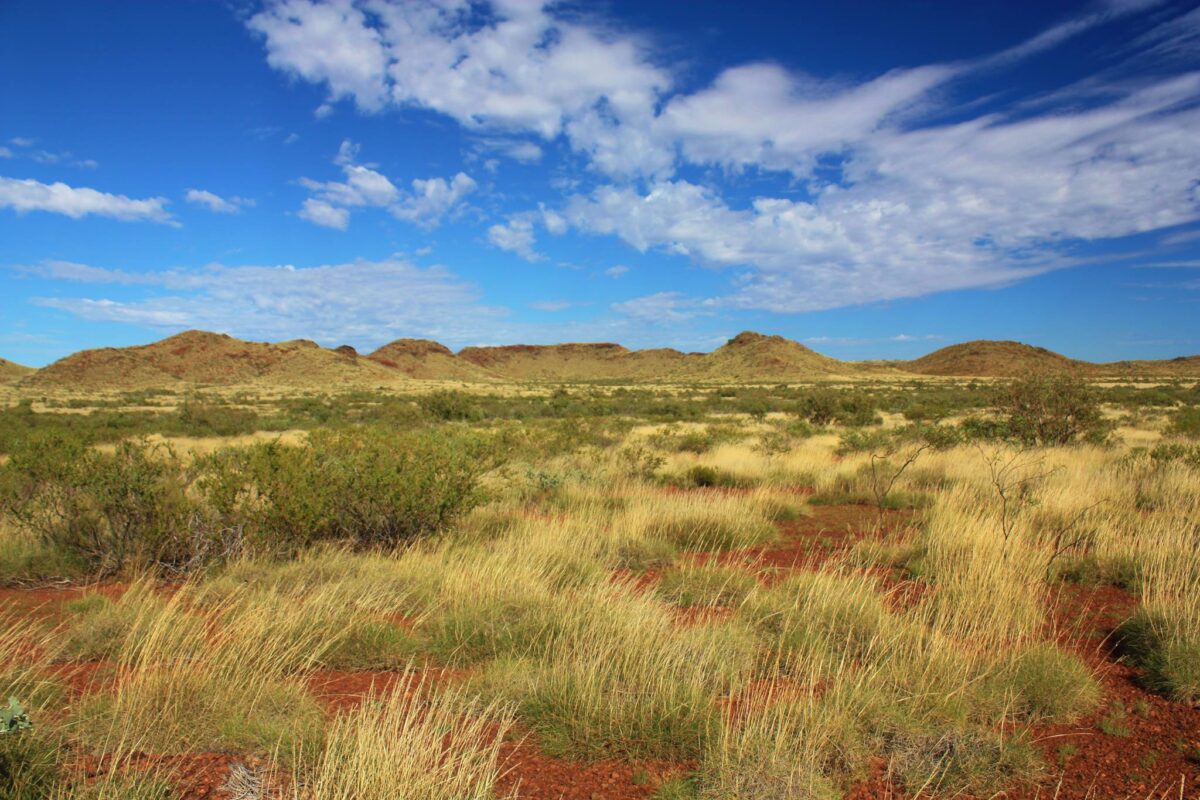AGL Energy and Vena Energy Australia have announced plans to build Queensland’s biggest battery, which will play a major role in improving grid stability and support the state’s shift to renewable energy. Located near Wandoan in the state’s south-west, the battery system will have an initial capacity of 100 MW and store 150 MWh of energy, marking the first stage of a major renewable project that could supply up to 400,000 homes with solar energy.
This will be one of the biggest batteries on Australia’s main grid, although it will be overshadowed in size by the expanded Tesla big battery at Hornsdale in South Australia, which is growing from 100 MW/ 129 MWh to 150 MW/195 MWh, and possibly by some other projects. However, the new battery stands a chance of becoming Australia’s biggest provided Vena Energy goes ahead with its plans to develop its Wandoan South Project, featuring 1000 MW of solar PV and 450 MW of energy storage.
“Vena Energy is also advancing plans for a $650 million solar project at the site, as part of the Wandoan South Project,” Head of Vena Energy Australia Anil Nangia said. “Once the battery is built, Vena Energy Australia plans to keep the momentum moving and aims to begin work on a solar farm at the same site in 2021.” The massive solar project secured approval in 2017 but has not been heard of since.
At a signing ceremony on Wednesday, Vena Energy said the $120 million battery project which could power up to 57,000 average homes annually, will break ground in July and take about a year to complete, creating 30 jobs. The Singapore-based developer will build, own and maintain the battery storage system while AGL will have full operational dispatch rights under a 15-year power purchase agreement.
“The Battery Energy Storage System (BESS) represents Queensland’s accelerating transition to a cleaner future and has the potential to utilise solar renewable energy from existing generation,” Vena Energy CEO Nitin Apte said. “The BESS will encourage a positive investment environment for future projects as well as encourage broader adoption of renewable energy in Queensland and in Australia.”
Vena Energy – the former Equis Energy acquired in a US$5 billion deal in 2017 by Global Infrastructure Partners (GIP) – has been bullish on the Australian market. The firm is progressing over 2,400 MW of renewable energy projects across the country including the second stage of the 95 MW Tailem Bend solar project commissioned last year and an adjacent grid-scale battery.
Growing the battery fleet
For AGL, which has already hailed “the dawn of the battery age“, the Wandoan battery deal is part of its strategy of developing and/or contracting flexible storage and generation to support the transition from coal generation to renewables. “The BESS will enable AGL to leverage excess solar generation in Queensland and provide capacity when the Coopers Gap Wind Farm and other renewable power sources are not generating,” AGL CEO Brett Redman said.
Early last year, AGL delivered the 30 MW Dalrymple ESCRI battery on the Yorke Peninsula in South Australia as part of a joint venture with ElectraNet. In October, it announced a deal with Maoneng Group to buy capacity from four 50 MW /100 MWh batteries in New South Wales. The company is also investigating several pumped hydro storage options, including at Kanmantoo in South Australia and Bells Mountain in NSW, which if progressed will provide more than 500 MW of new storage capacity and a 50 MW battery at Broken Hill, which would be delivered under NSW Government’s Emerging Energy Program. It is also looking at a gas firming power station in Newcastle.
“More broadly we have $1.9 billion of energy supply projects completed or in construction and another $2 billion in the pipeline, subject to feasibility and stable policy settings, which will all help to put downward pressure on prices for customers,” Redman said.
The next phase
Welcoming the Wandoan battery project announcement, Clean Energy Council (CEC) CEO Kane Thornton said increasing energy storage capacity in the grid is the next phase in the modernization of Australia’s energy network. “Queensland continues to be a major hub for clean energy projects within Australia with more than $6 billion invested in renewable projects since 2017,” Thornton said. “It has created more than 5,900 jobs in clean energy production across the state.”
With a massive number of clean energy projects on the drawing board, Queensland remains on track to reach its target of 50% renewable energy by 2030. “Queensland’s renewable energy revolution is steaming ahead and the next wave is battery storage,” Queensland Energy Minister Anthony Lynham said. “The climate-change deniers criticise renewable energy for not being available when the sun doesn’t shine and wind doesn’t blow: batteries are a game-changer.”
Queensland already has three large-scale batteries operating: at Lakeland Solar Farm in Far North Queensland, at Kennedy Energy Park near Hughenden, and one at the University of Queensland in Brisbane. Another in Townsville is expected to be operating next month. “Queensland now has almost 5500 megawatts of renewable generation capacity,” Lynham said. “Batteries are next, and all of this investment demonstrates industry’s strong confidence in Queensland’s growing clean energy industry.”
More battery storage announcements are expected within weeks when the state’s third publicly owned electricity generator, CleanCo, will unveil the results of the long-awaited Renewables 400 auction. Ten shortlisted projects including 2,190 MW of wind and solar capacity and a number of big batteries were announced in July.
This content is protected by copyright and may not be reused. If you want to cooperate with us and would like to reuse some of our content, please contact: editors@pv-magazine.com.




Need 2 more zeros on both capacity and power before these batteries start to matter much vs the ~25 gigawatts of power Australia is drawing right now….or hundreds of them. And it’s downright embarrassing how much coal Australia burns in its electric power mix: https://www.energymatters.com.au/energy-efficiency/australian-electricity-statistics/
Sounds good that AGL Energy and Vena Energy planning to build the biggest battery in Queensland which will play a major role in improving grid stability and support. It will be so beneficial for QLD residents.
Thanks, Marija Maisch for sharing the great news